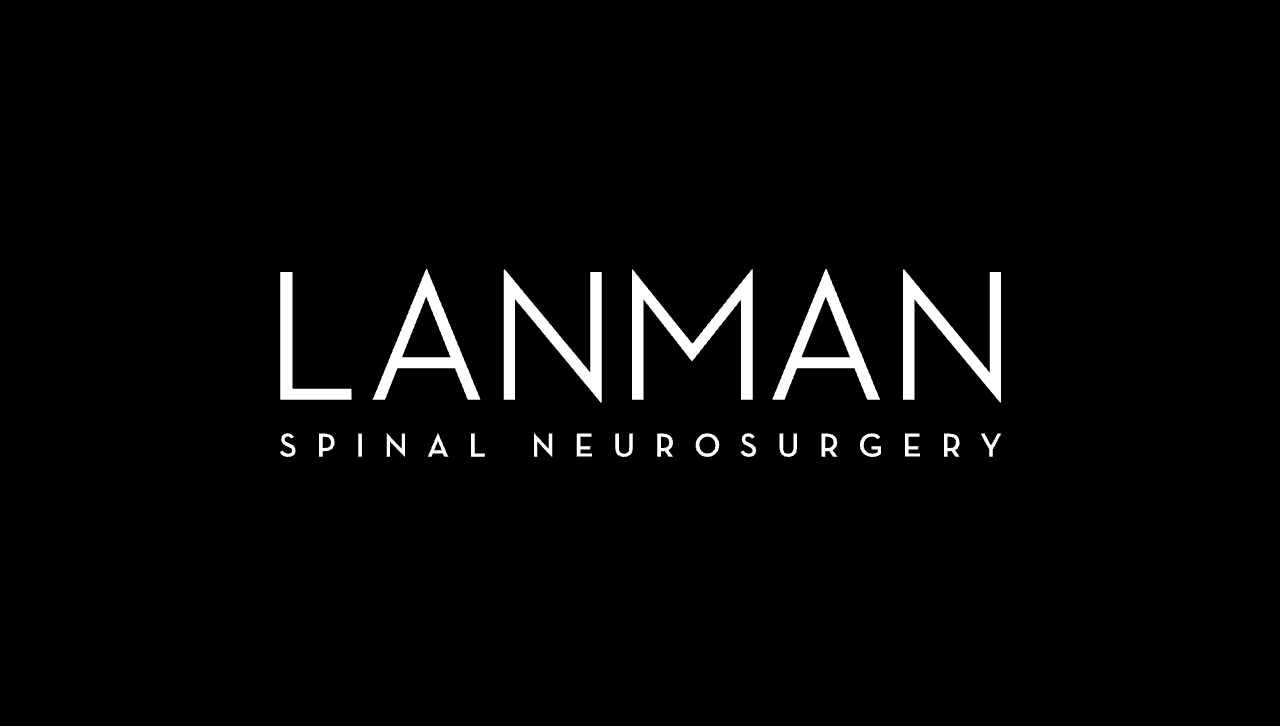

Artificial disc replacement, also known as intervertebral disc arthroplasty, total disc replacement, or spine arthroplasty, is a spine surgery procedure to replace a diseased or damaged intervertebral disc with an artificial joint. A qualified spine surgeon removes the problem disc and places a metal or metal-and-plastic mechanical device between the vertebrae (individual bones of the spine).
The goal of artificial disc replacement is to relieve chronic back pain. Artificial disc replacement is an excellent alternative to spinal fusion surgery for certain patients. The artificial disc allows the spine to have much greater mobility than can be achieved with spinal fusion surgery.
Most modern spine surgeons perform minimally invasive artificial disc replacement Instead of making an incision in the back or neck, surgeons performing minimally invasive artificial disc replacement enter the body through the front of the body. The internal organs are gently moved to the side and the problem disc can be removed without cutting the muscles around the spine. This anterior or “front” approach preserves the back muscles, which means relatively less pain and a faster recovery for patients.
Once the problem disc is removed, the upper and lower plates of the artificial joint are affixed to the spinal endplate bones (i.e. vertebrae) at the upper and lower edge of the level of the damaged disc. Once those plates are firmly in place, the surgeon inserts a center piece called the central core. The core design varies between the different brands of disc implants on the market today. Some are inserted with the plates and core as a unit and others require separate core insertion. The central core allows motion that occurs between the plates, allowing the spine to bend, flex, and rotate similar to when the normal disc was healthy.
Artificial disc replacement may be appropriate for people with